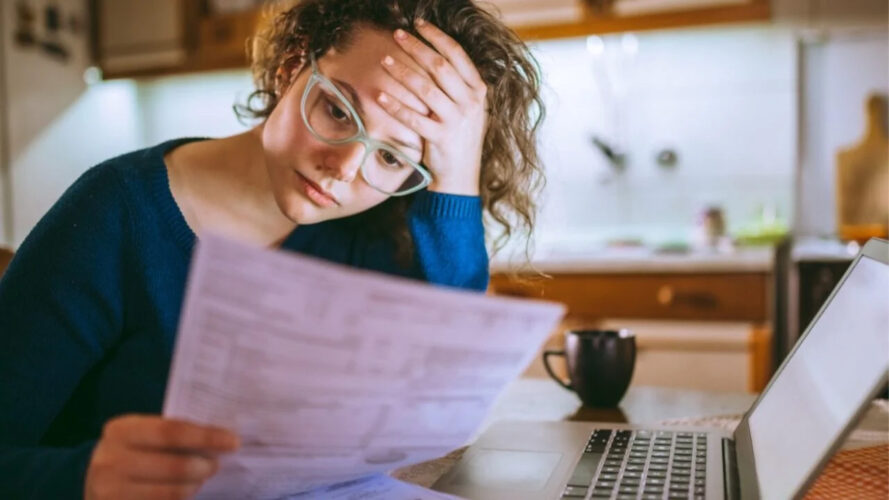During the Covid-19 pandemic, Canadian financial institutions provided their clients with the option of deferring their mortgage payments for six months in order to help them through changes in their income or job loss. However, this mortgage deferral period came to an end in October 2020, and many are finding themselves unable to start making their mortgage payments. If you find yourself in this situation, below you will find the different options that are available to you depending on your personal circumstances.
What to Expect after Your Mortgage Deferral Period Has Ended
After your mortgage deferral period is over, you will be expected to resume making your mortgage payments as well as pay the ones that you had deferred. Depending on your financial institution, the manner in which you pay the deferred payments will either be by extending your mortgage amortization period, increasing your regular payments, or adding the skipped payments to your mortgage balance at the end of your term. Although your payments were being deferred, financial institutions still charged interest on the amount owed. This means that you will likely see an increase in interest fees, since those interest charges were added to your mortgage balance. Therefore, in most cases, you might find yourself with a higher mortgage payment to make each month. This can be especially difficult for those who have not found a solution to the changes in their income or loss of employment.

Even if you have financial problems, it is possible to keep your home.
You may be able to extend your mortgage deferral if you meet certain qualifications. However, the longer you defer, the more you can end up paying in the long run. Rest assured that there are other options available to you that don’t involve losing your home if you continue to feel burdened by financial hardship.
Would Declaring Bankruptcy Be a Good Option for Me?
The thought of declaring bankruptcy might seem daunting or scary since there are many myths surrounding it, but most people who have undergone the process will likely tell you that it was the best decision they could have made in order to achieve financial stability. The biggest fear that comes with declaring bankruptcy is the thought of losing one’s home. But that doesn’t have to be the case!
In fact, whether or not you lose your home depends on the equity available. If there is equity, other solutions should be considered. However, if there is little to no equity, you could potentially keep it. The manner in which equity is calculated is by subtracting your mortgage balance from the amount at which your house is valued. After determining the equity, your Licensed Insolvency Trustee will share with you his opinion. You could be able to keep your home as long as you can continue to make your payments on it.
What If There Is Equity, but You Still Want to Keep Your House?
There are still ways of going about keeping your home even if there is equity in the house. These options include:
- Paying the equity to your Licensed Insolvency Trustee,
- Making a payment agreement with the Licensed Insolvency Trustee, or
- Filing a consumer proposal.
Filing a Consumer Proposal

A consumer proposal let’s you keep your house (and all your assets) and avoid bankruptcy
Filing a consumer proposal is a good alternative to filing for bankruptcy if you have equity in your home, because a consumer proposal does not lead to any kind of property seizure. You would therefore be able to retain all of your assets. However, you will have to offer your creditors an amount that is higher than the equity in your home. Because creditors would receive an amount that is greater than what they would receive from the sale of your home, the proposal is a lot more likely to be accepted.
Reach Out to a Licensed Insolvency Trustee
If you find yourself unable to make your mortgage payments, the sooner you contact our team, the better. We will conduct an in-depth review of your personal financial situation and determine what the best course of action may be for your situation.


